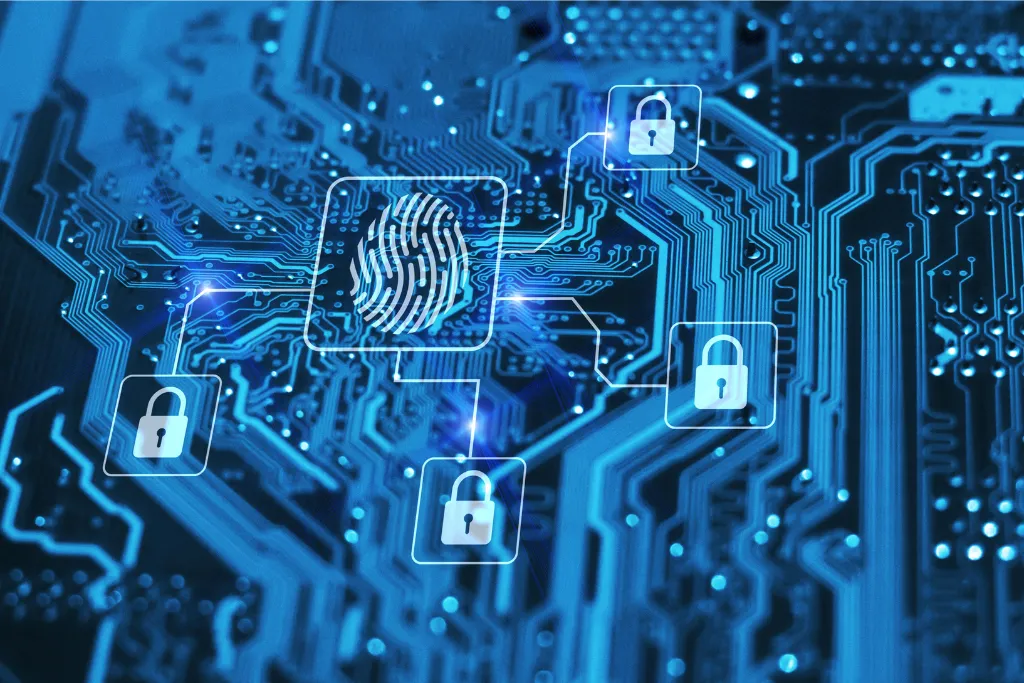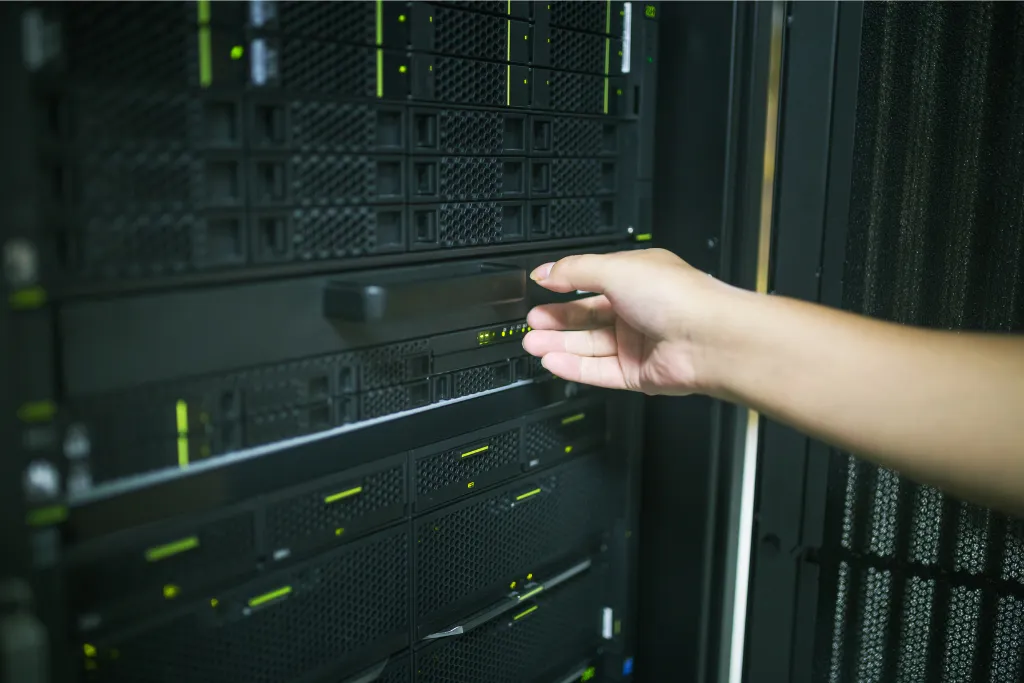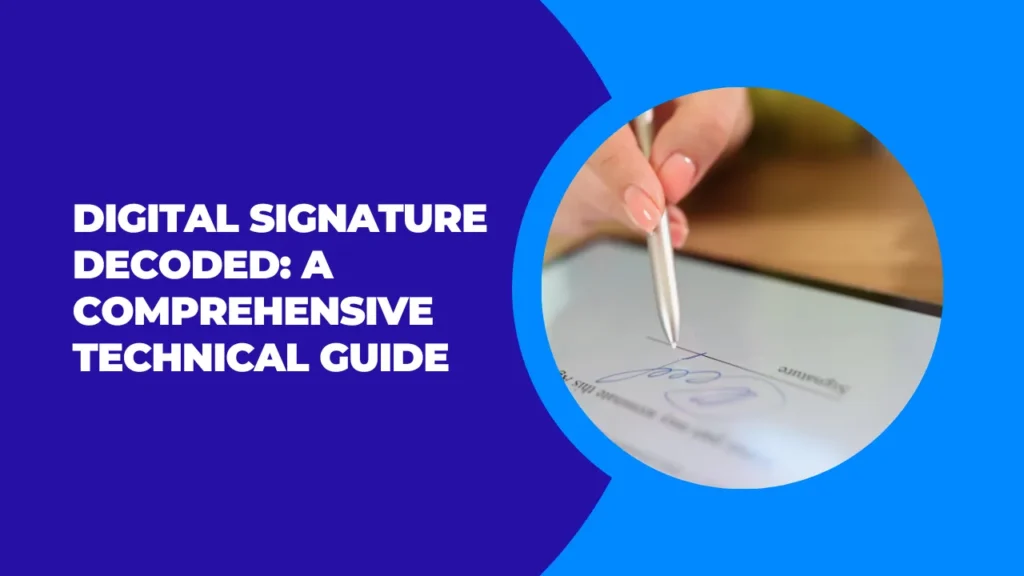The world is becoming increasingly digital, and as we rely more on technology, the need for cybersecurity becomes more apparent. Access control is an essential part of cybersecurity that helps organizations protect their data and systems from unauthorized access by third parties.
In this beginner’s guide to access controls in cybersecurity, we will cover everything you need to know about access control. From the basic concepts of access control to its pillars, types, and implementation best practices, we’ve got you covered.
We’ll also discuss the importance of regulatory compliance and how to overcome common challenges faced while implementing access control. So if you’re new to cybersecurity or just want a refresher on access control principles, keep reading!
- Understanding the Basics of Access Control in Cybersecurity
- The Pillars of Access Control
- How Does Access Control Work in Cybersecurity?
- Distinguishing Authentication from Authorization
- The Importance of Access Control in Regulatory Compliance
- What Types of Access Controls Exist in Cybersecurity?
- How to Implement Access Control Effectively?
- Overcoming Challenges in Access Control
- Are All Access Control Systems the Same?
- Conclusion
Understanding the Basics of Access Control in Cybersecurity

Access control is a fundamental concept in cybersecurity, involving the management and control of user access to resources and data. By implementing different levels of security based on the principle of least privilege, access control helps protect sensitive information and prevent unauthorized access.
It plays a crucial role in maintaining the confidentiality, integrity, and availability of data. In recent years, with the increasing use of web applications and the growing need for information security, access control technologies have evolved significantly.
From simple login credentials to multifactor authentication (MFA), access management has become a vital aspect of modern IT environments.
Defining Access Control
Access control involves the selective restriction of access to resources, ensuring that only authorized individuals can access specific information or perform certain actions.
Decisions regarding access control are based on factors such as user identity, role, and permissions. It can be implemented through various technologies and methods. Effective access control is crucial for maintaining data security and preventing data breaches.
By implementing access controls, organizations can protect their sensitive information from unauthorized access and mitigate potential risks. Access control is a fundamental concept in cybersecurity that plays a vital role in maintaining the confidentiality, integrity, and availability of data.
The Pillars of Access Control
Authentication and authorization are the pillars of access control in cybersecurity. Authentication verifies user identity, ensuring that only authorized individuals access resources. Authorization then determines what actions a user can perform after authentication.
Access control involves enforcing security policies and rules to protect information. Role-based access control (RBAC) assigns access rights based on user roles, while attribute-based access control (ABAC) considers various attributes for access control decisions.
By implementing these pillars, organizations can secure their systems, protect sensitive data, and prevent unauthorized access.
Authentication and Its Role
Authentication plays a vital role in cybersecurity by verifying the identity of a user. It ensures that only legitimate individuals gain access to protected resources, preventing unauthorized entry and safeguarding sensitive data.
Common authentication methods include passwords, biometrics, and multi-factor authentication (MFA). With strong authentication mechanisms, organizations can establish secure access control, protecting their system resources and user data.
In recent years, MFA has gained prominence in modern IT environments due to its effectiveness in combating security holes. By implementing robust authentication protocols, organizations can enhance their overall information security and prevent unauthorized access.
The Concept of Authorization
The concept of authorization in cybersecurity involves the granting or denying of access rights to users. It determines what actions or operations a user is allowed to perform based on factors such as user roles, permissions, and access policies.
An important principle in authorization is least privilege, which ensures that users have only the necessary access rights. By effectively implementing authorization, organizations can prevent unauthorized access and maintain data security.
This helps protect sensitive information and ensures that users can only access resources they are authorized to use.
Exploring the Mechanism of Access
Access control mechanisms in cybersecurity involve the use of access control lists (ACLs) and access control policies. ACLs specifically define the users or groups that have access to particular resources.
On the other hand, access control policies outline the rules and conditions for granting or denying access. These decisions can be based on various factors such as user attributes or the time of day.
By implementing these access control mechanisms, organizations can protect sensitive information, prevent unauthorized access, and ensure the security of their data.
How Does Access Control Work in Cybersecurity?

Access control in cybersecurity works by implementing various technologies and methods to manage and enforce access rights. User authentication is used to verify identities, while authorization determines the actions a user can perform. It is a critical component of overall cybersecurity measures.
The Role of Physical Access Control
Physical access control plays a crucial role in cybersecurity by restricting physical access to buildings or specific areas. This is achieved through measures such as key cards, biometric scanners, and surveillance systems.
By preventing unauthorized entry, physical access control helps protect physical assets and ensures the security of sensitive information. Integration with logical access control further enhances overall security and compliance.
In modern IT environments, physical access control is essential for maintaining a secure environment, safeguarding system resources, and controlling access to sensitive data.
Distinguishing Authentication from Authorization
Authentication and authorization are two crucial components of access control in cybersecurity. While authentication focuses on verifying user identities and ensuring they are who they claim to be, authorization determines the actions or operations a user can perform.
Authentication is primarily concerned with user identification, while authorization deals with access rights. Both authentication and authorization play vital roles in effective access control implementation.
Distinguishing between these two concepts is essential for maintaining the security of systems and protecting sensitive information.
The Importance of Access Control in Regulatory Compliance
Access control plays a crucial role in meeting regulatory requirements, such as those mandated by HIPAA and GDPR. It helps protect sensitive data and ensures privacy and confidentiality.
Compliance with access control regulations is essential to avoid penalties and legal consequences. Implementing robust access control measures demonstrates a commitment to data security and regulatory compliance.
By managing user access to resources, organizations can effectively control who can access certain information, systems, or physical locations. This not only mitigates security risks but also ensures compliance with industry standards and regulations.
Compliance Standards: PCI DSS, HIPAA, SOC 2, ISO 27001
Compliance standards like PCI DSS, HIPAA, SOC 2, and ISO 27001 necessitate the implementation of specific access control measures, making access controls a crucial element in cybersecurity.
These controls encompass authentication methods such as passwords and biometrics, as well as authorization levels for different users. Effective access control requires regular monitoring and auditing to ensure its functionality.
Failing to implement proper access controls can result in severe consequences like data breaches, fines, and detrimental damage to a company’s reputation.
What are the Implications for Non-compliance?
Non-compliance with access controls can have serious consequences. It can lead to data breaches, legal penalties, and loss of reputation and customer trust.
Financial losses may occur through fines, lost business opportunities, and increased insurance premiums. Implementing and adhering to access controls is crucial for the security of sensitive data.
What Types of Access Controls Exist in Cybersecurity?

In the realm of cybersecurity, access controls come in various forms. There are three main types: physical, technical, and administrative. Physical access controls restrict entry to systems or devices, while technical controls limit access using technology.
Administrative controls involve policies and procedures that govern who can access specific information or areas.
Exploring Attribute-based, Discretionary, Mandatory, Role-Based Access Control, and Others
In the field of cybersecurity, different access control models are used to ensure data security and prevent unauthorized access. One such model is attribute-based access control (ABAC), where access is granted based on specific attributes or characteristics of the user.
Another model is discretionary access control (DAC), which gives users control over their own data and permissions. Mandatory access control (MAC) is a model where access is determined by a system administrator or security policy.
Role-based access control (RBAC) grants access based on the user’s role within the organization. Additionally, there are other access control models like rule-based access control and policy-based access control. These models play a crucial role in maintaining information security and preventing data breaches.
How to Implement Access Control Effectively?
To implement access control effectively, start by identifying critical assets that require protection. Determine who needs access to specific information and at what level.
Implement a layered approach with physical, technical, and administrative controls. Regularly review and update access control policies to align with security goals.
Best Practices for Implementing Access Control
When implementing access control measures, it is essential to follow best practices to ensure effective security. One important principle to adopt is the principle of least privilege, which means granting access only to the minimum necessary resources for individuals to perform their job responsibilities.
Strong authentication measures, such as passwords, biometrics, or two-factor authentication, should be implemented to validate user identity.
Regularly reviewing user access privileges is crucial to ensure they are still needed and appropriate. Encryption should be used to protect sensitive data and restrict access to authorized users. Role-based access control can be utilized to assign permissions based on job responsibilities.
Overcoming Challenges in Access Control
Implementing effective access controls in cybersecurity can be challenging due to various factors. One of the main challenges is the complexity of access control systems. With different technologies and platforms involved, ensuring consistency and standardization can be difficult.
To address this, organizations can adopt a risk-based approach by prioritizing security measures based on the level of risk each system or resource poses. Additionally, implementing multi-factor authentication can greatly enhance security by requiring users to provide multiple credentials for verification.
Regularly reviewing and updating access control policies and procedures, as well as providing employee training and education programs, are also crucial in overcoming these challenges.
Common Pitfalls and Solutions in Access Control Implementation
Identifying and prioritizing sensitive data and resources is crucial to limit access to those who need it. Implementing robust authentication measures, such as multi-factor authentication and password policies, ensures better security. Role-based access controls are effective in granting permissions based on job responsibilities.
Regularly reviewing and auditing access controls helps identify potential vulnerabilities and ensures alignment with business needs. Training employees on proper access control practices helps avoid human error and improves overall security posture.
By addressing these common pitfalls and implementing appropriate solutions, organizations can enhance their access control implementation.
Are All Access Control Systems the Same?
Access control systems vary in terms of complexity, features, and integration capabilities. Industries and organizations have unique access control requirements. Tailoring the system to specific needs is possible.
Technology advancements have led to more sophisticated solutions. Select a system that aligns with security needs and compliance requirements.
Conclusion
In conclusion, access control is a critical component of cybersecurity that helps protect sensitive information and systems from unauthorized access. By implementing the right access control measures, organizations can ensure that only authorized individuals have access to their resources.
This includes employing authentication methods such as passwords, biometrics, or multi-factor authentication, as well as implementing authorization rules to determine what actions users are allowed to perform.
It is important to understand that access control is not a one-size-fits-all solution, and different types of access controls may be suitable for different scenarios. Organizations should also stay updated with regulatory compliance standards to avoid legal implications.
Overall, effective access control implementation requires careful planning, regular monitoring, and periodic assessments to identify and address any vulnerabilities or challenges that may arise.







